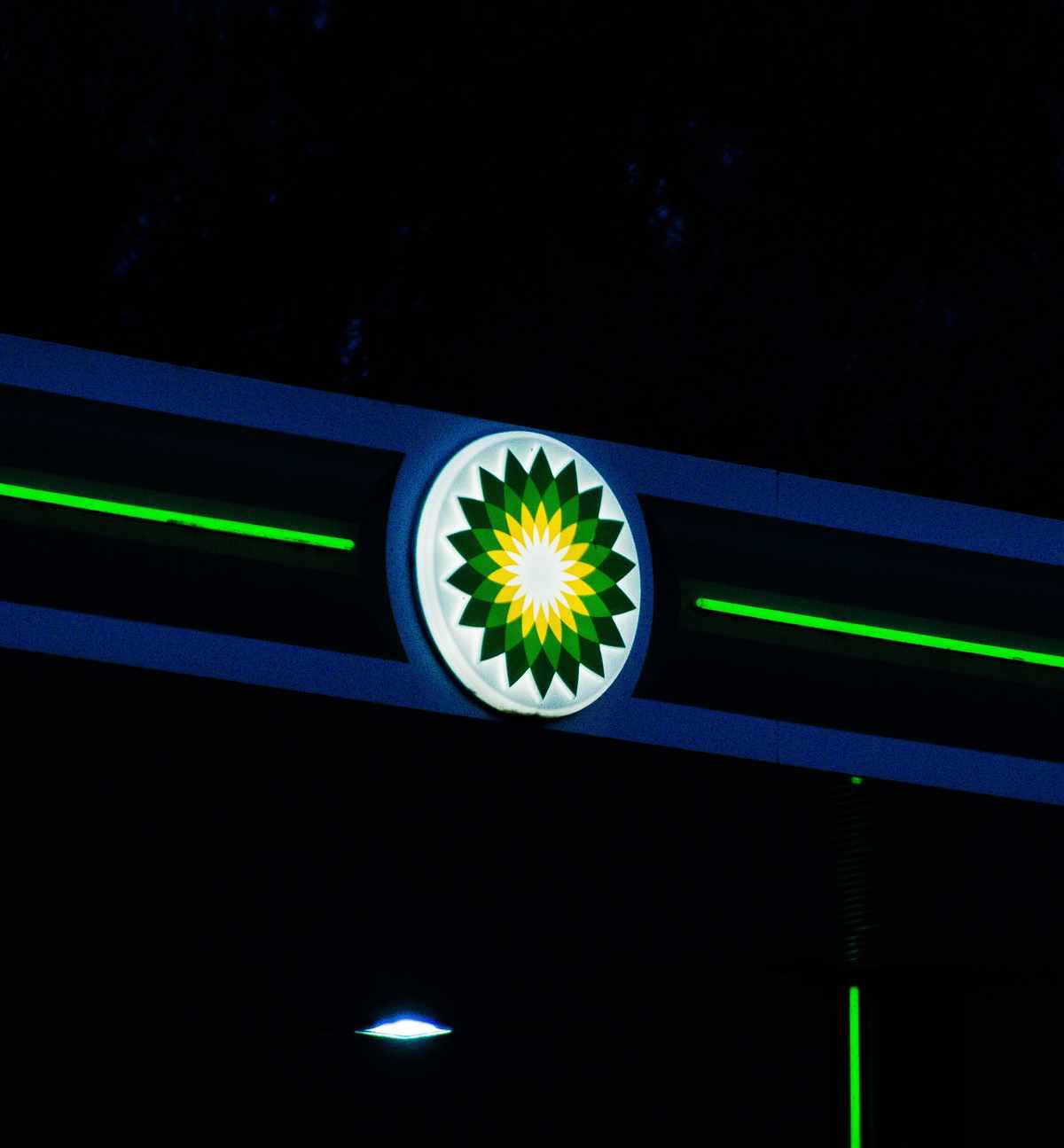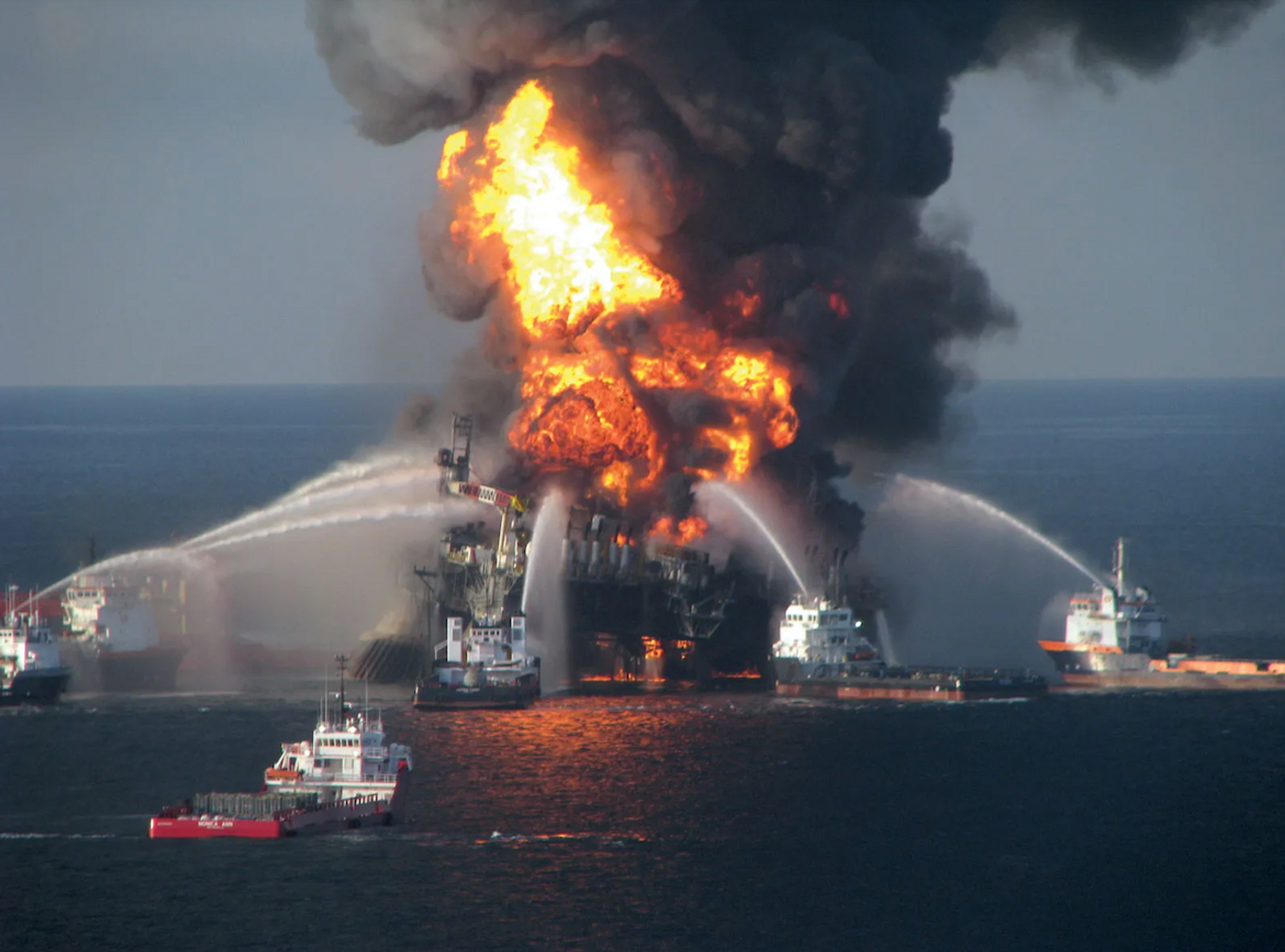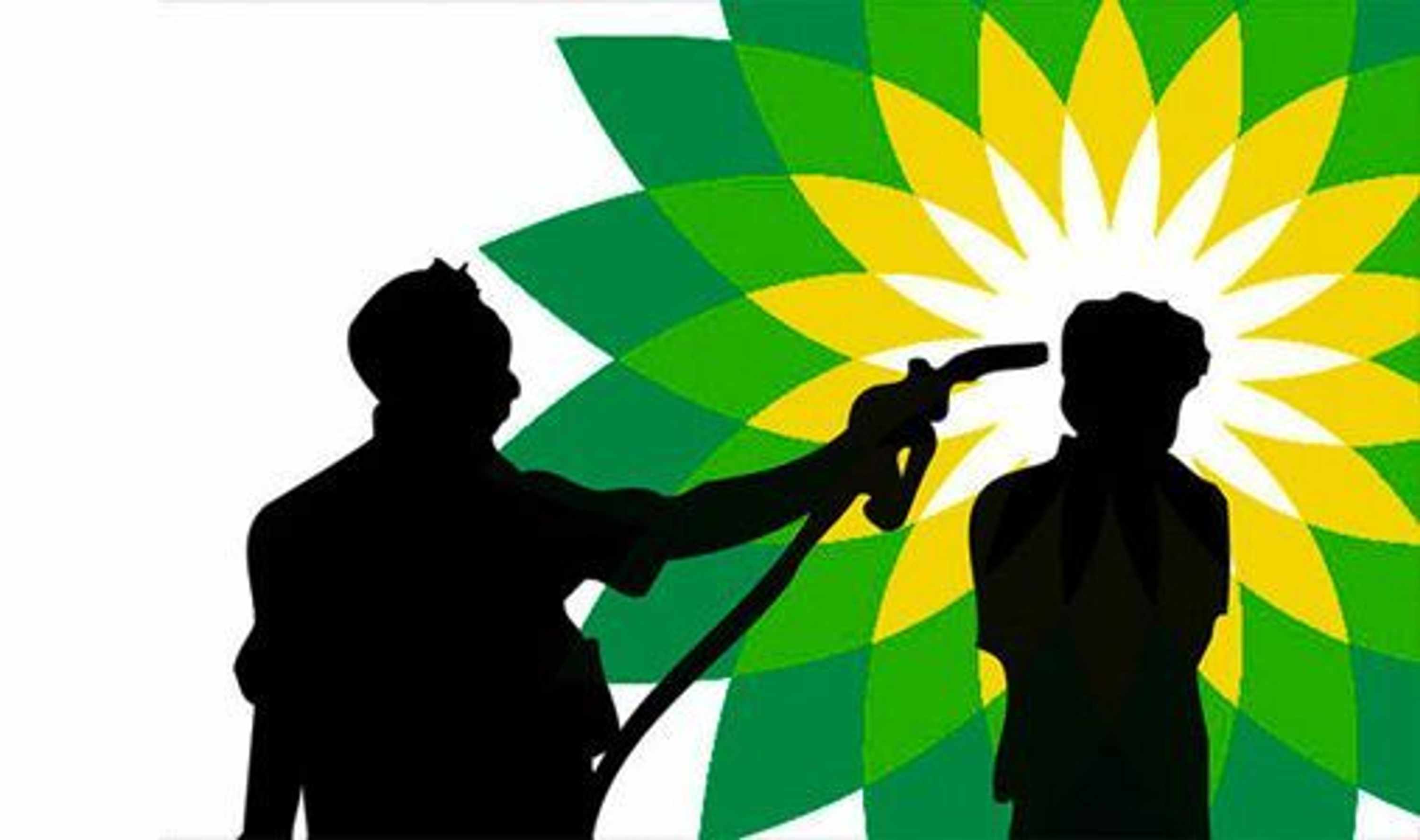Technology
Toxic coasts and modern slavery – the hidden humanitarian issues behind the Deepwater Horizon Spill
- 6 min read
It is a little known fact that BP used unpaid prison labour to clean up the world's biggest ever oil spill - the effects are still being felt
It is a little known fact that BP used unpaid prison labour to clean up the world's biggest ever oil spill - the effects are still being felt

“And, not or”, is British Petroleum’s corporate motto, and they have lived up to it – by polluting the environment and neglecting human rights. While the ecological side of the Deepwater Horizon Oil Spill is well known and still being studied, the disaster has rarely been considered from a humanitarian perspective: a recap of the BP oil spill.
Pelicans covered in a black layer of oil, dead dolphins and a burning rig sinking amidst an expanding carpet of oil are distant images that come to mind when you hear the words "Deepwater Horizon Spill". What may not come to mind is the image of unpaid workers cleaning up globs of oil in convict uniforms – but British Petroleum's (BP) use of prison labour marks an especially dark and more hidden part of the Deepwater Horizon disaster.
After over 13 years, the largest accidental oil spill in human history has fallen into oblivion in many parts of the world. The dust appears to have settled – but the BP Oil Spill still drastically affects the environment of the Gulf of Mexico and the health of both the local population and those who helped to clean up the contaminated coasts.

The disaster recapped
On April 20th 2010 a blowout occurred on board of the floating drilling platform Deepwater Horizon, 50 miles off the Louisiana coast. Several operational failures and faulty equipment led to the catastrophe, in which eleven crewmembers died; the platform caught fire and sank two days later. Damaged by the explosion, the 5.5 km deep drillhole began to leak, causing vast amounts of crude oil to bleed into the ocean for the following 87 days. According to the National Oceanic Atmospheric Association (NOAA), close to 200 million gallons were spilled in total. To visualise this unfathomable number, imagine 310 Olympic sized swimming pools filled to the brim with toxic oil.

The ecological aftermath
The effects on the environment were, and still are, nightmarish. At its maximum, the carpet of toxic oil was estimated to be around 15.300 square miles in size, which roughly equals twice the size of Wales. However, ocean currents as well as weather and tidal conditions caused the oil to spread unpredictably. According to NOAA, over the course of the spill, oil was detected on a cumulative surface of about 43.300 square miles – an area the size of Scotland, Wales and Northern Ireland combined.
The leak was only sealed in mid-July 2010, when a containment cap was placed directly on the drill hole. Some researchers argue that the leakage continued despite these efforts. The US government attempted to stop the spillage by burning and skimming the surface oil and using chemicals to break up the oil. Nonetheless, the oil reached the US shores nine days after the explosion, harming the delicate coastal environment and posing a threat not only to animals, but also humans.
Ironically, at the end of 2010, Transocean, the owner of the platform, presented itself the award for ‘best year in safety’ – an achievement based on the number and not on the severity of oil spills.
https://www.youtube.com/watch?v=FtTchXN6oMU
More than 1.300 miles of the American coast were covered by the oil, impacting thousands of seabirds, cetaceans and turtles. A NOAA study shows that the BP Oil Spill has hugely impacted sea and coastal wildlife to date. The disaster has been directly linked to the death of over 1100 dolphins and close to 100.000 sea turtles, and countless other animals.
But not only animals and the local vegetation suffered the consequences of the spill: people living along the Southern coast of the USA were also strongly affected, as the oil impacted the fishing and tourism industries – and their health.

The cleanup and the issue of human rights
One group especially was impacted by the danger of the toxic oil: around 100.000 people were involved in the initial clean-up of the coastline, some of them volunteers, many of them hired. As soon as the oil reached the beaches, an unknown number of prison workers was employed by BP – profiting from incredibly cheap or even free labour as well as lucrative tax breaks.
According to the American Civil Liberties Union (ACLU), the minimum wage for prison workers in four out of five states that were affected by the oil spill – Texas, Mississippi, Alabama, and Florida – is at zero US-dollars. The sad exception is Louisiana, which pays between 0,01–0,05 US-dollars per hour. BP hence exploited the seriously problematic 13th amendment, which has often been described as modern slavery and is closely linked to the issue of racism in the USA. The San Francisco Bay View reported in 2010 that the clean-up workers were almost exclusively African Americans, standing out in a region where 90 percent of the population are white.
According to The Nation, the inmate-workers were wearing scarlet trousers and white T-Shirts with the words “Inmate Labour”. The use of cheap prison labour caused outrage among the locals – many of whom were now out of work due to the oil spill. As The Nation reports, “the [prison] outfits disappeared overnight” as a response to the backlash. However, it was only the outfits that vanished, not the prison labour, as the San Francisco Bay View stated in an investigative article.

After this, more than 4.000 previously unemployed people were hired, seemingly “throwing a lifeline to one the neediest groups”, as a CNBC article from 2010 states. What was not known amongst the labourers was the toxicity of the globs of oil they were collecting on the blackened beaches.
An article by The Guardian revealed in April 2023, thousands of workers who were hired in 2010 are now suffering from severe health issues such as chronic respiratory problems, skin conditions, digestive issues – and even cancer. No data on the health problems of former prison staff have been published yet.
BP, who were operating the platform in cooperation with the contractors Transocean, Halliburton and Anadarko, were forced to pay 20.8 billion US-dollars in 2016, a settlement that “ended all civil and criminal penalty claims against the owners and operators of the rig”. Funded by this money, the recovery of the coasts is making solid progress: NOAA confirms progress in coastal restoration. But so far, not a single dollar has gone to those who have sacrificed their health to clean up the polluted coastlines. Former BP-workers are now suing the company for compensation – but no financial indemnification can wash away the danger the oil poses to the locals and to those who cleaned up the contaminated beaches in 2010.
BP and the other corporations involved in the incident have hence not only caused a fatal environmental disaster by neglecting safety precautions on the rig: in the spill’s aftermath BP has also shown a complete disregard for human rights. It is important to not let grass grow over these humanitarian matters, but to dig deep. In the spirit of their company motto, BP must be held accountable and boycotted.



